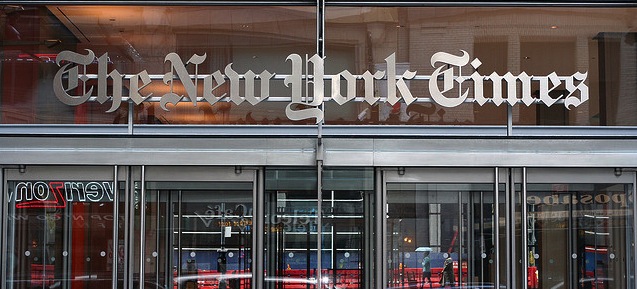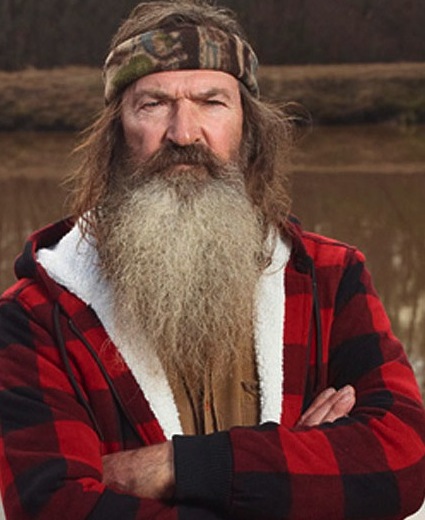Several years ago, your GetReligionistas created a new item in our archives list of news “categories.” As faithful readers know, we focus on hard-news material produced by mainstream news organizations. The only time that we write about editorial columns, op-ed pieces, academic essays or the like is when they focus directly on issues in our home turf — religion-beat news.
However, every now and then people would send us URLs for items published by religious wire services, denominational magazines or non-profit sources linked to religious causes that — from their point of view — focused on a valid news story that wasn’t getting mainstream-press ink. After pondering this dilemma for a while, we began using a “Got news?” headline slug and created a new category.
Now it’s time for another category, one that we have been pondering for quite some time. The headline slug is, as you see above, “What is this?” We seriously considered “WTF?” but decided that didn’t mesh well with the sober tone that we strive to maintain around here. I mean, other than Jim Davis and his wild puns, and Father George Conger and his off-beat illustrations, and … You get the point.
So what is the point of this new category? What is this new niche?
One of our main goals, here at GetReligion, is to defend the basic values of what historians have long called the “American” model of the press, with its commitment to accuracy, fairness and even balance in coverage of the news (especially on hot-button topics). The alternative is often called the “European” model of the press, with editors and reporters producing stories that fit into an editorial template that supports the publication’s political slant.
In other words, these publications are biased and the editors admit that right up front. No one expects balanced coverage of social issues at Rolling Stone or World magazine, to name two publications with radically different moral perspectives.
But, to cut to the chase, what about The New York Times?
In recent years, the world’s most powerful newspaper has produced a frustrating mixture of “American” and “European” coverage, with perfectly balanced and fair-minded stories placed right next to other reports that made zero attempt to hide the bias of the editors. That is why those 2011 remarks by former editor Bill Keller — click here for background — were so important. He openly stated that it was no longer necessary for Times journalists to be objective, fair and balanced in coverage of news linked to moral, cultural and religious topics — such as abortion, gay rights, etc.
It appears that the editors of many other publications have made similar decisions, which is why frustrated GetReligion readers send us so many URLs pointing toward “news” articles that read like editorial essays. How often do we see stories that feature a wide variety of voices on one side of a hot-button topic and then zero material accurately expressing the views of people on the other side? How often do we see paragraph after paragraph of background material that is both slanted and free of any attribution?
This brings me, finally, to the first article in this new category. It’s from Forbes and, well, it reads like a press release for activists on one side of a battle linked to the Health and Human Services contraceptives mandate.
What is this? A news article? An editorial essay?














